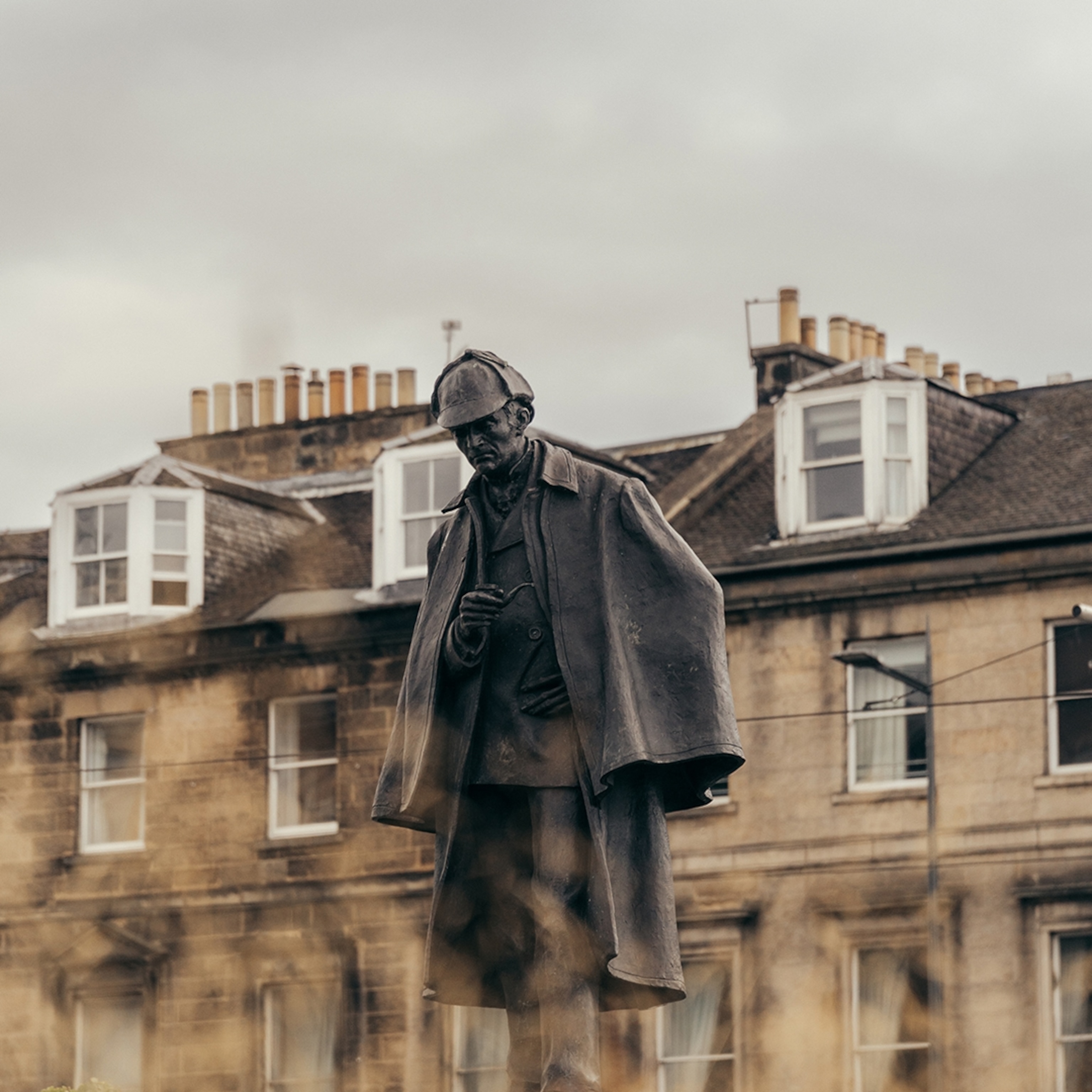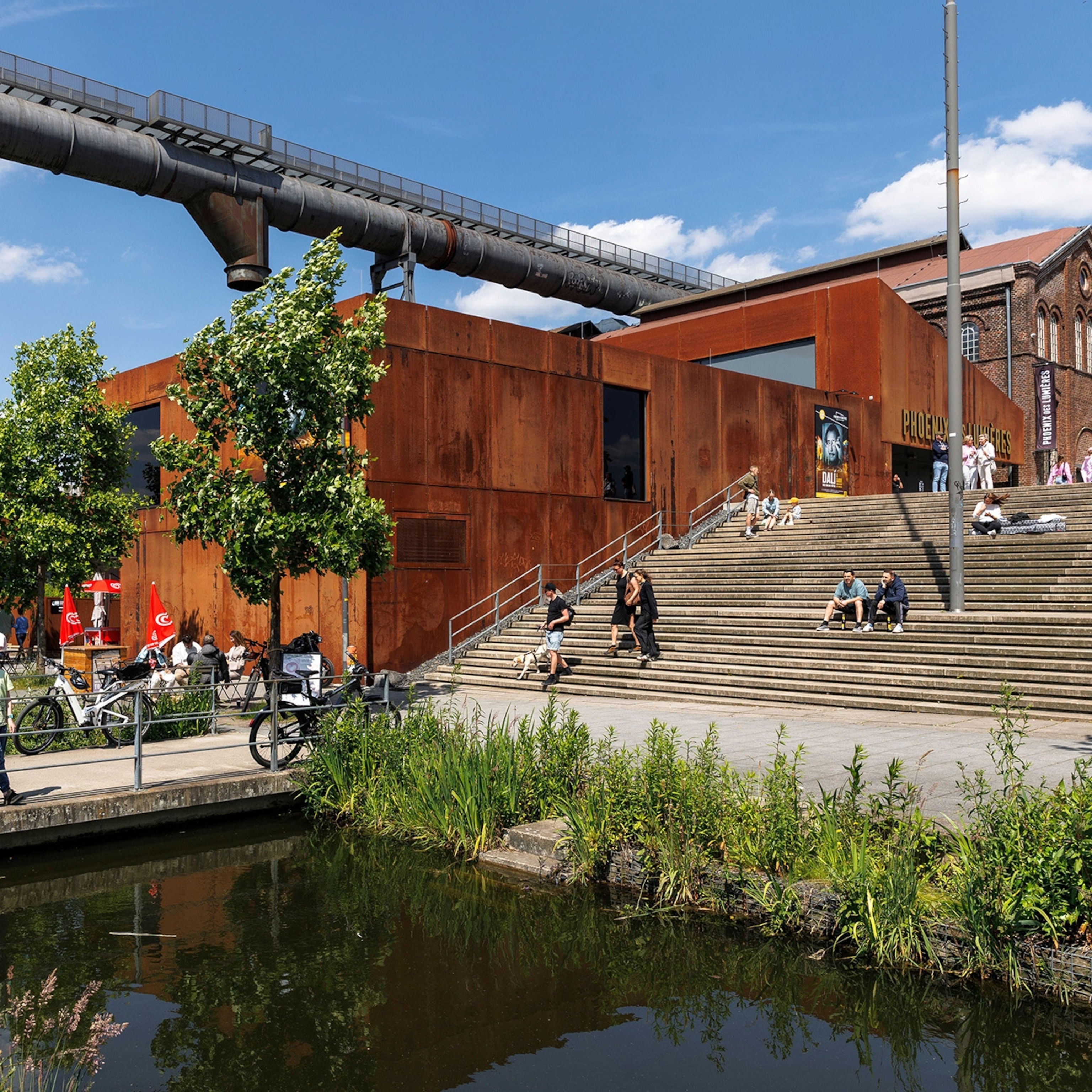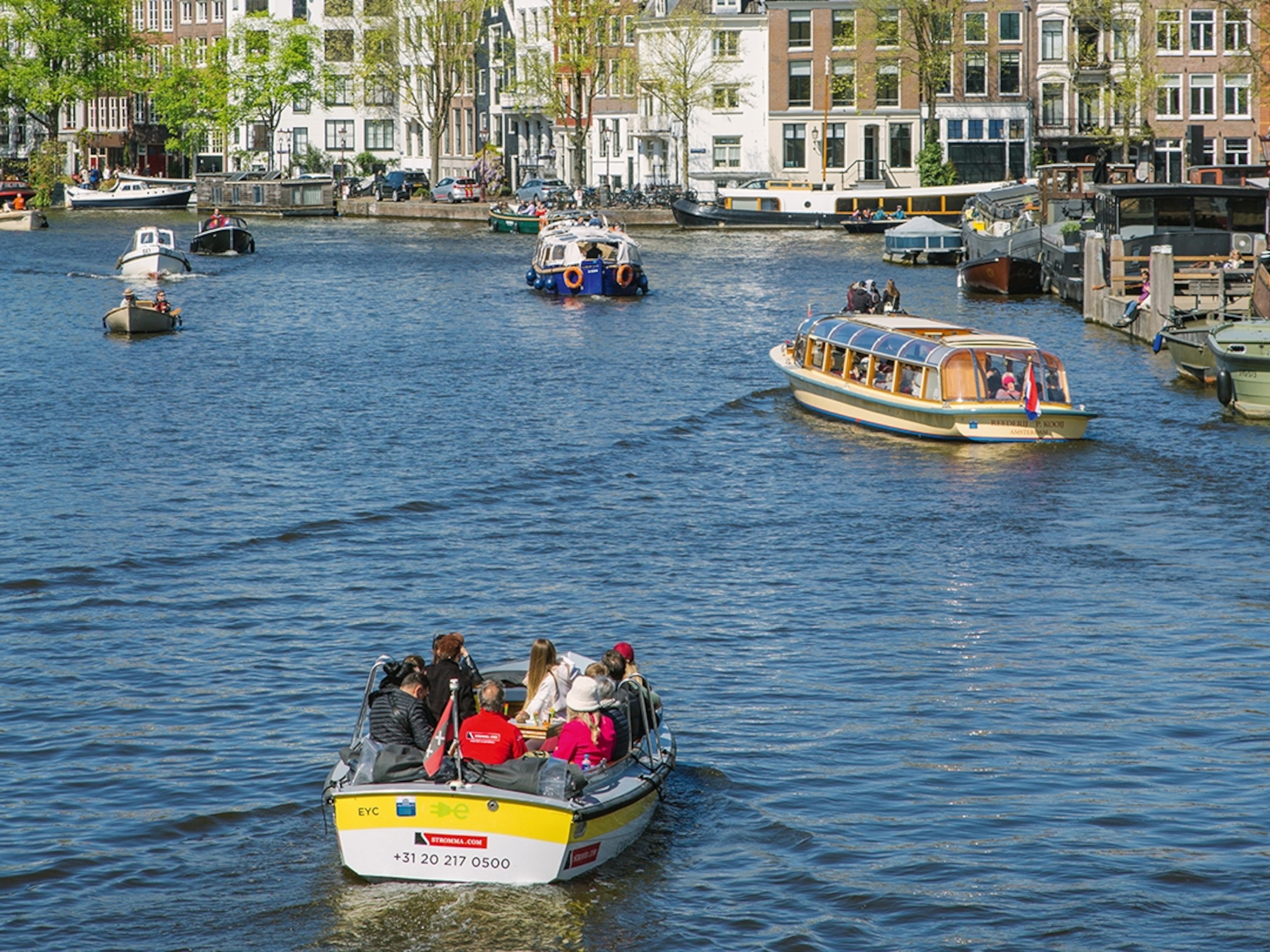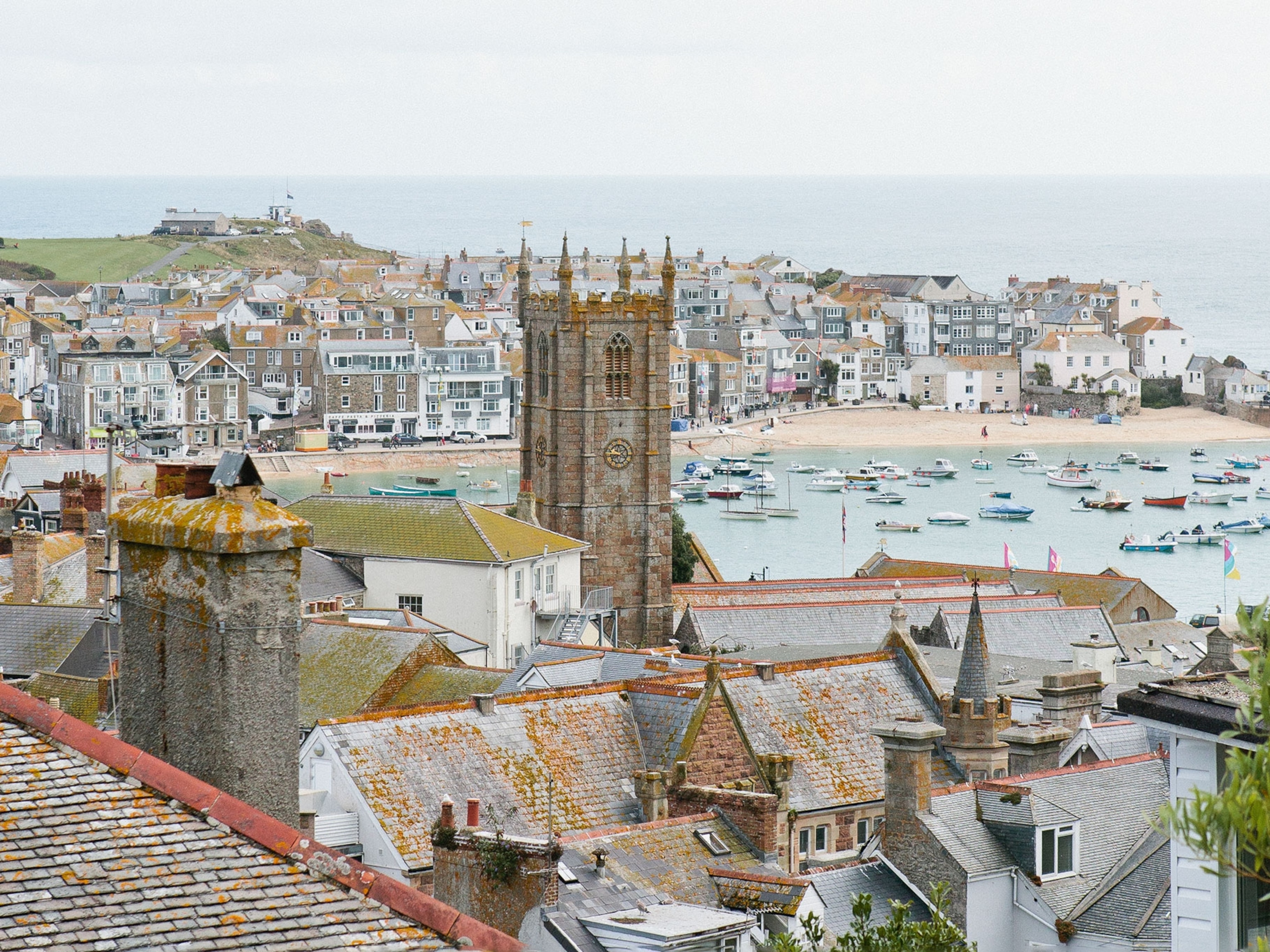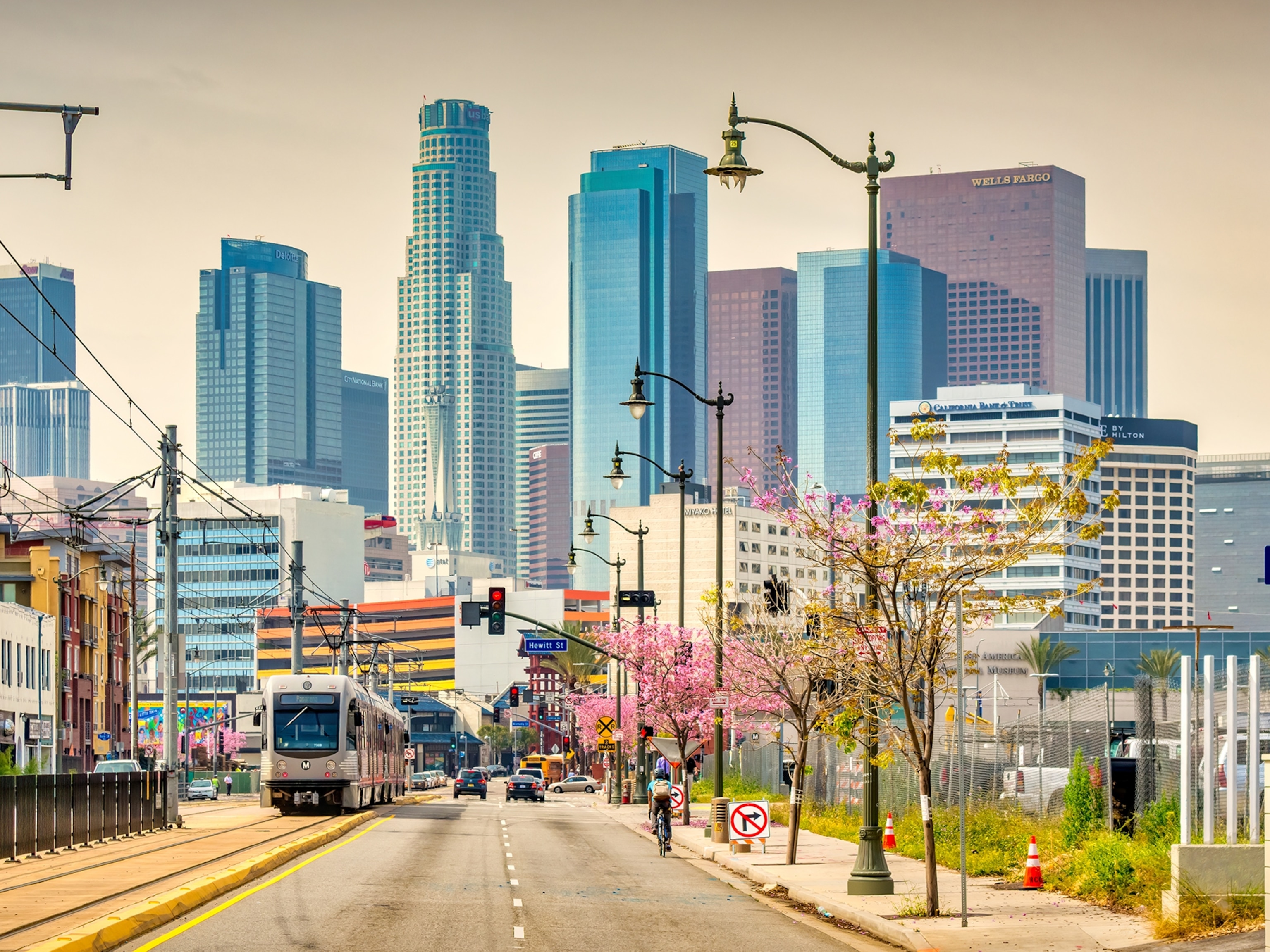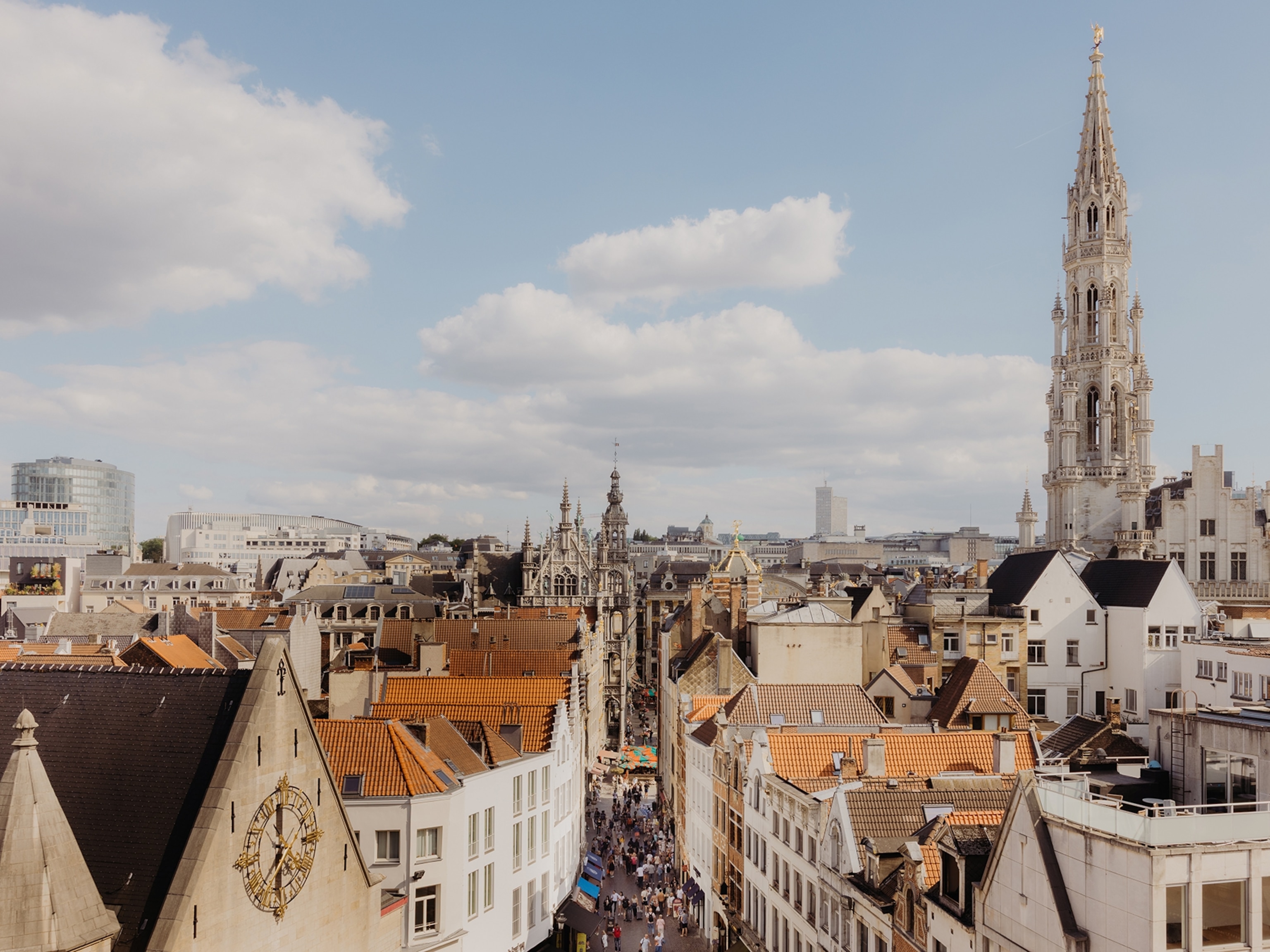Looking for a quiet escape in Iceland? Try the Troll Peninsula
Take a winter road trip from Iceland’s second city, Akureyri, through a northern peninsula framed by fjords and punctuated by isolated herring-fishing villages.
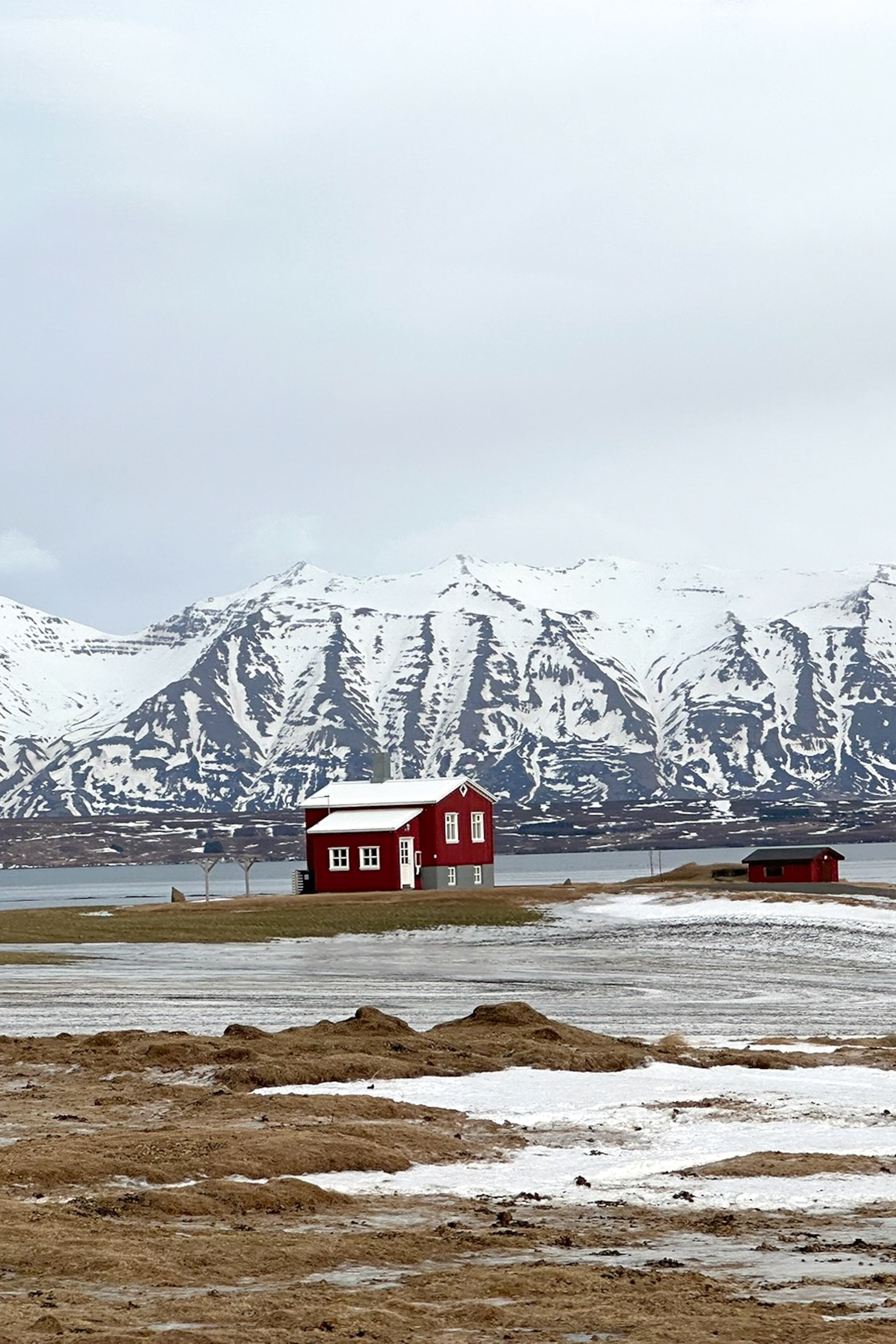
In winter, the Troll Peninsula is a place where people come to be alone. Silence hovers over the piebald mountains, as thick as fog. Ice cracks audibly on the surface of fjords as solitary boats putter in and out of frosty harbours. The roads — not that there are many — feel empty. But there’s a quiet beauty in Tröllaskagi, this sliver of land on Iceland’s frayed north coast. And though it feels isolated, it’s now more accessible than ever thanks to the launch of budget flights from the UK to Akureyri, Iceland’s second city.
It’s about as far from the crowds of Southern Iceland’s popular Golden Circle touring route as you can get, offering ample opportunities to rest and reset. Yet the area around Akureyri still has all the natural attractions that make travellers fall for the country: waterfalls that pound over mossy rocks into fairytale glens; inky volcanic beaches crusted with ice; crater rim walks and smoking fumaroles; and steamy outdoor pools rich with minerals (and sometimes a swim-up bar). In the far north of the peninsula, the once-thriving herring town of Siglufjörður is a picturesque base for aurora-chasing nights. And if you have time, the shores of Lake Mývatn to Akureyri’s east offer some of Iceland’s finest geological oddities.
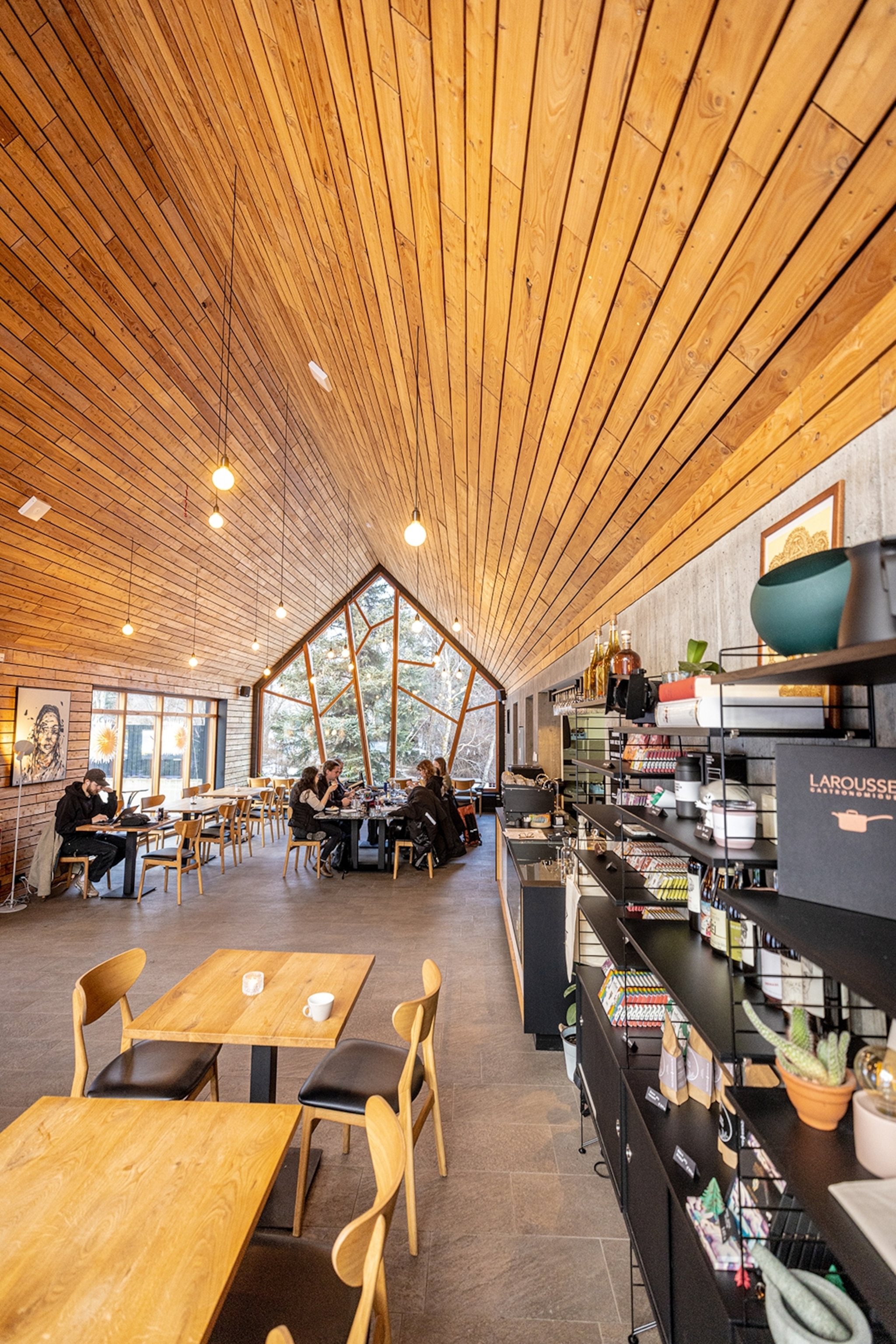
Day 1: Arctic char & whale-spotting
Morning: At the base of Eyjafjörður and backed by mountains, Akureyri feels more like a rural outpost than the country’s second city. Discover its history at the Akureyri Museum; the settlement was established by Danish merchants in the 18th century, when Iceland was ruled by Denmark, and exhibits here include a map from 1752, showing tall-mast ships in the fjord. Tickets also give access to the 19th-century wooden home of popular Icelandic children’s author Nonni, which is now a museum. Afterwards, take a frosty walk through the botanical gardens, established in 1912 as Iceland’s first public park. At their centre is Lyst, a toasty-warm cafe serving generous piles of smoked Arctic char with cream cheese on sourdough.
Afternoon: Wrap up warm to glide over the fjord in search of fins and flippers on a boat tour. The area’s a feeding ground for species including humpbacks, orcas, minkes and white-beaked dolphins. The best time to see whales is summer, but it’s possible to find humpbacks year-round, along with harbour porpoises frolicking beneath snow-dusted mountains. The trip is accompanied by commentary from an expert, who can describe the whales’ annual migration to the Caribbean. Back on dry land, thaw out at Bláa Kannan cafe on Akureyri’s high street. It’s in a wooden house the colour of a cloudless sky, often full of people devouring hot chocolates and fresh cakes.
Evening: Make your way up the steps to Akureyri Church. It’s one of the area’s most striking architectural feats, mixing art deco, cubist and brutalist styles; from its hilltop perch, its silhouette looks not dissimilar to that of a church organ. Admire the city’s brightly painted, wood-framed buildings and surrounding slabs of mountain, then descend for dinner at North, a dimly lit, stripped-back space in central Akureyri. Chef Gunnar Karl Gíslasson celebrates Icelandic ingredients: tasting menus run from potatoes with Icelandic cheese to reindeer meatballs and haddock cured with buttermilk. Gunnar’s mum’s recipe for Nordic fried bread with caraway seeds, served with caramelised butter, is a highlight.

Day 2: Herring history & starry skies
Morning: Your chances of a Northern Lights sighting are strongest away from the city glow, so head for a night in Siglufjörður at the Troll Peninsula’s tip. The tiny town is reached from Akureyri via a road trip that hugs the coastline, passing black volcanic shores and dipping into eerie mountain tunnels. En route, stop for lunch at Eyri, a fine-dining find in the waterside hamlet of Hjalteyri. American-Icelandic chef Nik Peros dishes up seasonal creations like fjord-caught halibut with lashings of Icelandic butter sauce. Backtracking to the main road, look out for the row of tiny turf-roofed huldufolk houses at the entrance to a roadside horse farm. It’s a folkloric sight, sometimes decorated with offerings from residents.
Afternoon: Siglufjörður was the country’s herring capital in the 1930s, when Iceland was the biggest fishing power in the world. The town was nicknamed the ‘Klondike of the Atlantic’; each summer during herring season, its population quadrupled, with seasonal workers sailing in from all over to man 23 salting stations and five processing plants. Herring shoals collapsed in the 1960s, and ‘Siglo’ became the sleepy backwater it is today. Its rise and fall are documented at the Herring Era Museum, set inside a series of defunct salting houses. Visit to board fishing trawlers, browse archival footage and see the higgledy-piggledy dorms where workers bedded down. The museum is only open by appointment in winter.
Evening: To get the full measure of Siglo’s spectacular location, take one of the steep paths behind town before it gets dark. You’ll find a track carved into the mountainside above the rooftops; the surrounding walls of black rock, with rivulets of snow flowing down to the fjord, look even more dramatic from here. Once night falls, retreat to micro-brewery Segull 67. It’s the passion project of former home-brewer Marteinn Brynjólfur Haraldsson, who runs it with his dad and grandmother. His taproom is inside one of the former fish processing plants, and guided tours give visitors behind-the-scenes access. Finally, head to one of Siglo’s few hotels; a steamy outdoor tub is the best spot for a nightcap while scanning the skies for dancing lights.
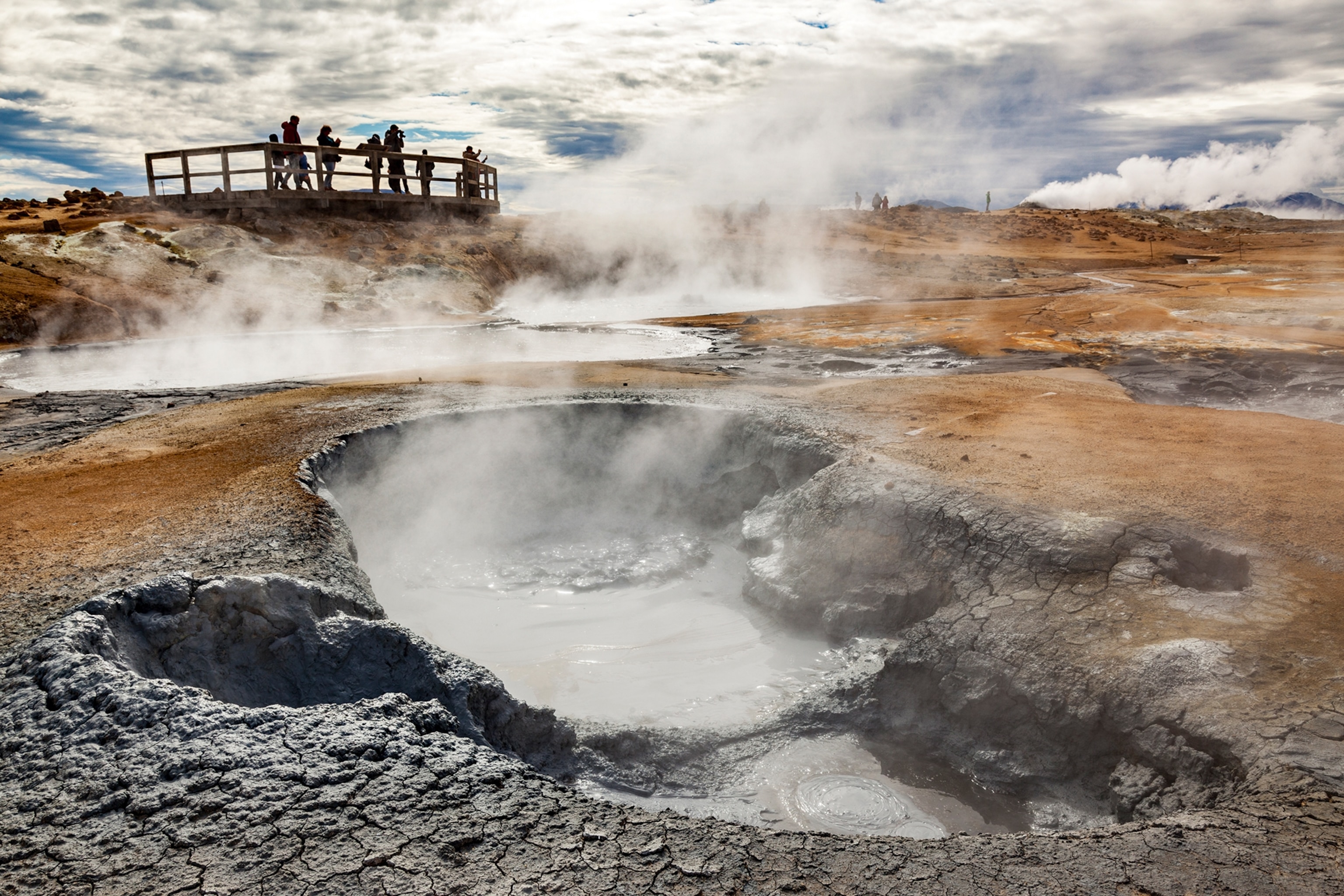
Explore The Diamond Circle
1. Waterfalls & aurora nights
North Iceland’s Diamond Circle is a 155-mile self-drive tour taking in powerful cascades, canyons, fumaroles and mud pools, plus the isolated town of Húsavík, which featured as the backwater home of the Icelandic singing stars in the 2020 Eurovision Song Contest film starring Will Ferrell. From Akureyri, it’s a desolate drive of stark beauty. The closest stop to the city is Goðafoss, a powerful cascade surrounded by a lava-valley walking trail and cliffside viewing points.
From there, it’s another 25 miles to the lakeshore of Mývatn. Dotted with around 50 islands, the lake’s wetland ecosystem is designated a Ramsar site of natural importance, partly because of its rich birdlife. A handful of hotels here offer wake-up calls for aurora-spotting.
Every winter, Mývatn Winter Festival brings a week of snow-centred fun to the region surrounding North Iceland’s largest lake. Hot-pool parties, ranger walks and a group horse-ride over the frozen water are among next year’s highlights. 27 February to 8 March 2026.
2. Volcanic geology
Of all the stops on the Diamond Circle, Lake Mývatn has the best volcanic sights. Stay at Sel-Hotel Mývatn, across the road from the lakeshore Skútustaðagígar pseudo-craters. Formed by molten lava flowing over water, they’re incredibly rare; elsewhere, they’re found only in Hawaii or space. Further east is Hverfjall tuff ring— a wide, shallow volcanic crater formed 2,500 years ago. It’s a short, steep hike to the top, from where you can spot a pair of blue lakes inside, plus the lava fields of nearby Dimmuborgir nature reserve. North of here, keep an eye out for the plumes of steam signalling the geothermal area of Námafjall Hverir. Its bubbling mud pots and sulphur-crusted lakes can reach up to 100C; a boardwalk allows travellers to feel their warmth at a safe distance.
3. Husky sledding
There’s something magical about whizzing across snow or ice on a sled pulled by dogs. Though it’s been a means of transport in the Nordics for centuries, around Lake Mývatn, it’s just for fun. Local farm Snow Dogs runs tours through the valleys around the lake when there’s enough snow, or on one of the area’s smaller lakes when there isn’t enough powder underfoot. After the ride, you help unharness the 29 Siberian huskies and learn more about them.
How to do it
This story was created with the support of Discover the World.
To subscribe to National Geographic Traveller (UK) magazine click here. (Available in select countries only).
